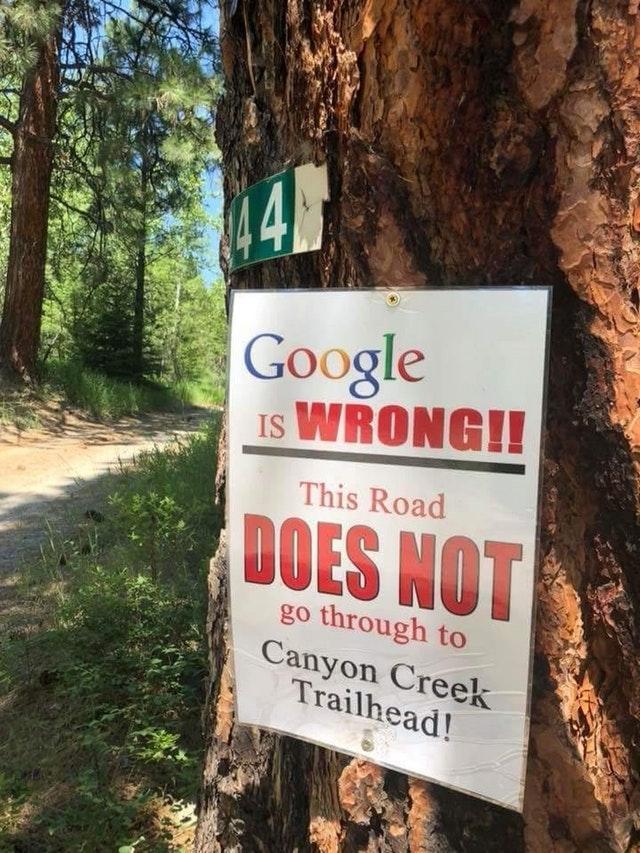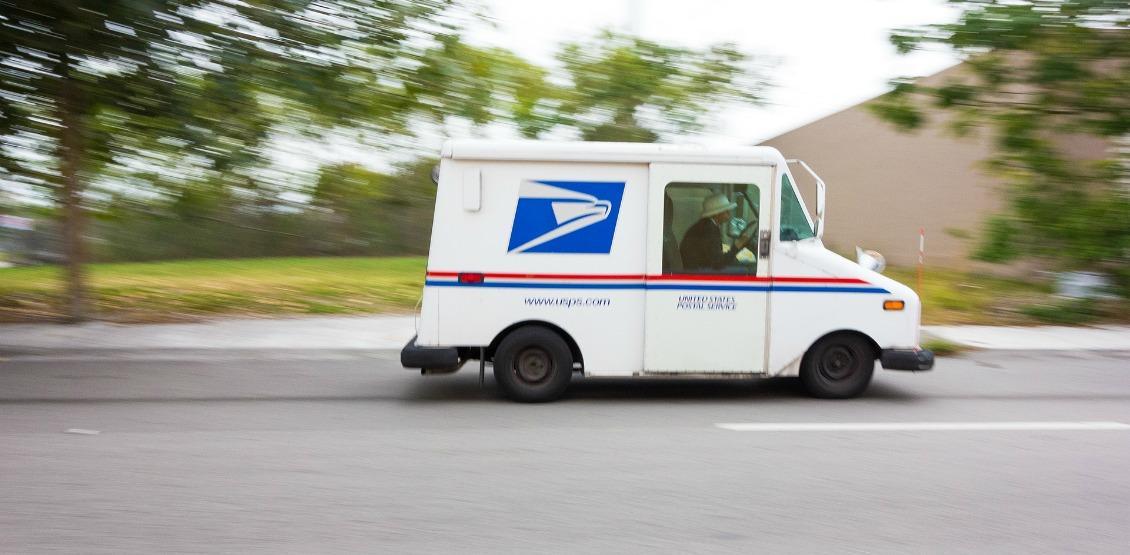Many of us use Google Maps to quickly verify that a location exists or give us an idea of what that location looks like. However, there is a common misconception that it will validate that the address found is correct and deliverable. So although Google Maps is an extremely powerful lookup tool, it will not validate addresses nor does it include the robust features and support included with our DOTS Address Validation-US service. To jumpstart your understanding and dispel some standard misconceptions, let’s explore some of the differences in our Address Validation service and Google Maps.
What does DOTS Address Validation do?
Although Service Objects can verify and validate many contact data points such as name, phone and email, our specialty is address validation. For us, addresses consist of business names, address fields, cities, states, and postal codes. Our USPS CASS Certified address validation service is designed to improve internal business mail processes and delivery rates by standardizing contact records against USPS data.
It’s all in the documentation
Our Developer Guide is a great place to start for an in-depth breakdown of the service and response features for Address Validation. It is extremely useful while integrating and can be used as a reference guide as well when learning more about the information each output field conveys.
24/7 Support when your business needs it most
With the amount of information provided in the results, it is common to have questions along the road to understanding each of the outputs. Our team is here to help you in this process and provide 24/7 technical support. We can be reached by phone (805-963-1700), email and even live chat on our website. “Best Practice” and “Step by Step Tutorial” blogs are also posted on a regular basis.
Deliverability is key
One of the biggest misconceptions about Google Maps and Address Validation is the ability to determine DELIVERABILITY. Beyond correcting and standardizing an address, our advanced algorithms and wide-reaching data sources allow us to determine if an address is deemed deliverable by the United States Postal Service. The service response will contain a Delivery Point Validation (DPV) indicator of 1-4 that can be used based on specific business logic. A DPV score of 1 indicates a perfectly deliverable address whereas a score of 2-4 indicates missing or incorrect inputs in the address field. The corrected address, component fields, and extra information such as the DPV indicator, residential delivery indicator (RDI), vacancy flags and more will be included and can be leveraged in your workflow.
Primarily, the locations that Google Maps will mark aren’t necessarily mail deliverable. There is a lot of leniency within the Google algorithms that allows for guesswork to be made. Although Google can put a pin on the map for a given input address, it does not mean that a postal carrier will deliver mail at that location. However, if DOTS Address Validation marks a location as invalid, you can be sure you are getting genuine and accurate information.
When is Google Maps useful for address lookup?
 With all of that said, Google Maps should not be discounted in its ability to investigate a location. If the image data was captured recently it can be used to understand why our service marked an address the way it did. A prime example of this is an address marked as having a “street number out of range.” By checking Google Maps data and cross-referencing our service response, more light can sometimes be shed about that address location.
With all of that said, Google Maps should not be discounted in its ability to investigate a location. If the image data was captured recently it can be used to understand why our service marked an address the way it did. A prime example of this is an address marked as having a “street number out of range.” By checking Google Maps data and cross-referencing our service response, more light can sometimes be shed about that address location.
While you can use Google Maps to potentially confirm if a location exists, it is imperative to use robust validation tools like DOTS Address Validation to ensure any mail your business sends can actually be delivered, saving time and money.
If you have any questions about validating, verifying or appending addresses, or any other contact data points including name, phone, email and device, feel free to contact us.













